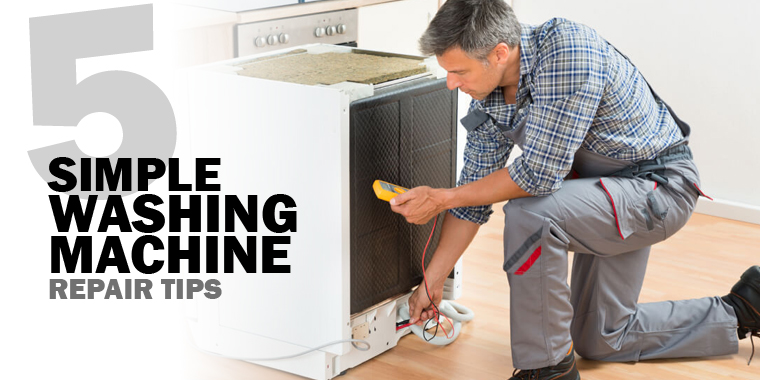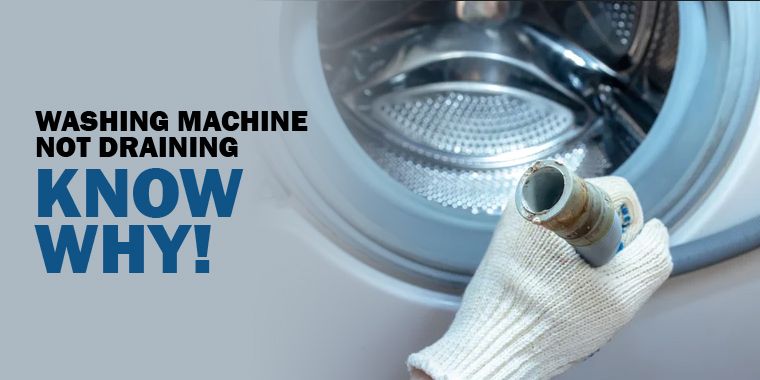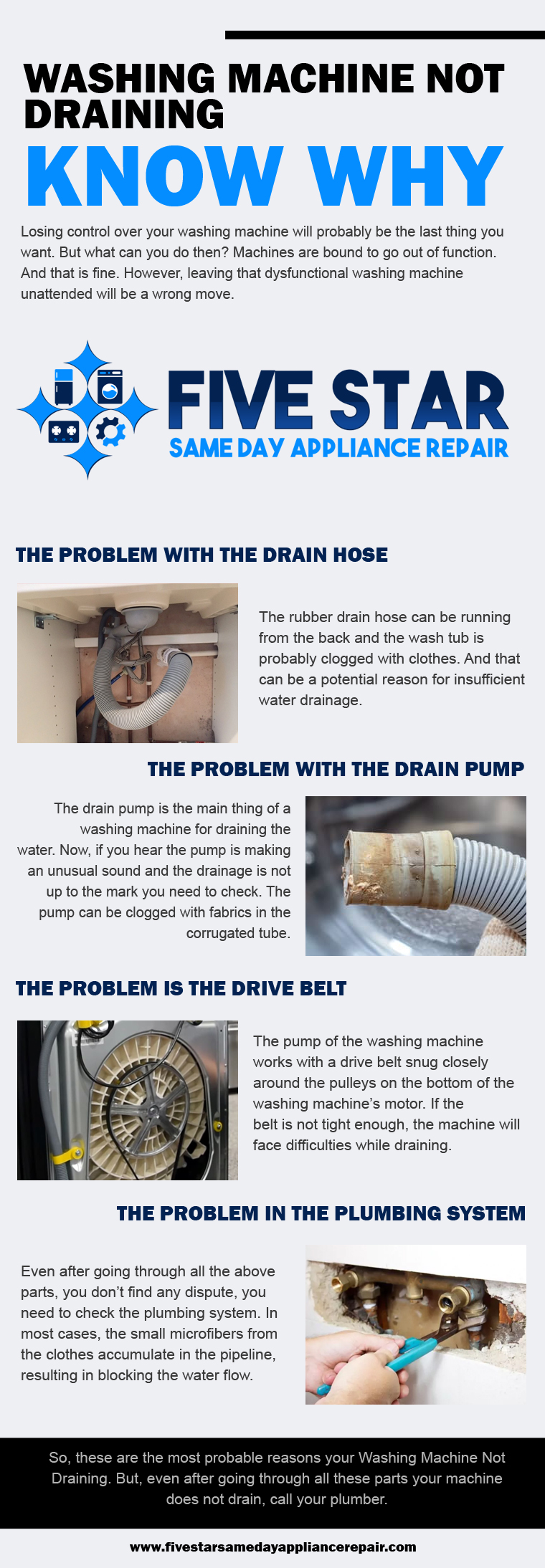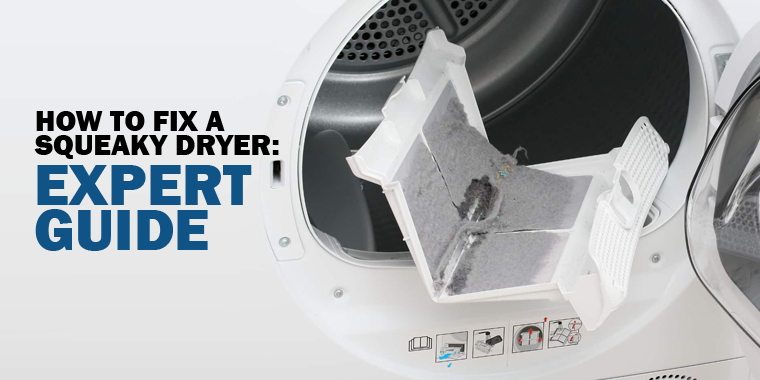
Let’s face it! Choosing between front load vs top load washer often gets tough. However, you can always compare the features and pick the right option. In some cases, front-loaders get attention for good reasons. Lower maintenance, easier stain removal, and less energy consumption make them a suitable washer. However, most Americans show interest in buying top-loaders.
Still on the fence?
Don’t worry! This front load vs top load washer comparison will help you determine what’s best for you. And that too after looking at both sides of the coin. So, let’s begin!]
Front Load Vs Top Load Washer: The Comparison Battle
Who does the Cleaning Better?
Most controlled tests will prove that front-loaders are better at removing dirt from clothes. Furthermore, these washers remove tough stains and water more efficiently than top-loaders. If you ask any retail or technician, they will tell you how front-loaders do a better job at cleaning.
But what makes them so efficient?
A highly effective and tumbling wash motion is the reason behind their superior cleaning. Furthermore, cleaning results depend on four main factors:
1. Water temperature
2. Detergent
3. Time
4. Washer Movement
Front-load washers offer the best mechanical action. And all you need is the best detergent and an optimal water temperature. Aside from that, choose the right cycles and consider washing smaller loads.
Front Load vs Top Load Washer: Which One is More Water Saving?
Even the newer top-loader models can’t match the water-saving qualities of front-loaders. How? Thanks to the drum rotation of front-loaders, it pulls clothes through a shallow water-detergent pool. On the flip side, top-loaders rely on deeper pools for clothes to get wet.
Find the One with Higher Energy Efficiency
Front-loaders shine brighter in the energy-saving aspect too. With less use of wash water, they pull in less water from the heater compared to a warm-water cycle. Furthermore, with rapid spin cycles, they pull more water from your fabric.
Problems with Front-Loaders and Their Solutions
Adding clothes mid-wash gets challenging: The door locking feature ensures leak prevention so you can’t toss stuff in like you would in top-loaders. However, models with a pause button can allow you to add stuff mid-cycle.
Loading and unloading are harder during back pain: You can lower the strain on your back by mounting the loader on a pedestal.
You may have issues with mildew and mold: Too much fabric softener or detergent can promote the growth of mold and mildew. Wiping the gasket and door upon each use prevents this issue.
Things to Know Before You Go Ahead with Top-Loaders
Always prefer models with higher efficiency: These models are gentler on fabric, save water, and clean better.
Consider your home’s layout and laundry needs: See if top-loaders are ideal for your home’s layout and if they ensure easier loading and unloading.
Choose top-loaders for decent cleaning performance: Although front-loaders clean better, top-loaders also do a decent job with moderate dirt.
Newer models don’t surpass front-loaders in sturdiness: Note that the need for a washing machine repair remains intact irrespective of the loader type and model.
Conclusion
In essence, both washers have trade-offs. Front-loaders excel in cleaning and efficiency, but lack flexibility and may strain backs. Top loaders are user-friendly but sacrifice cleaning power and water savings.
The ideal choice hinges on your needs. Consider budget, laundry habits, cleaning desires, and physical limitations. By weighing these factors, you’ll pick the washer that perfectly complements your laundry routine.






